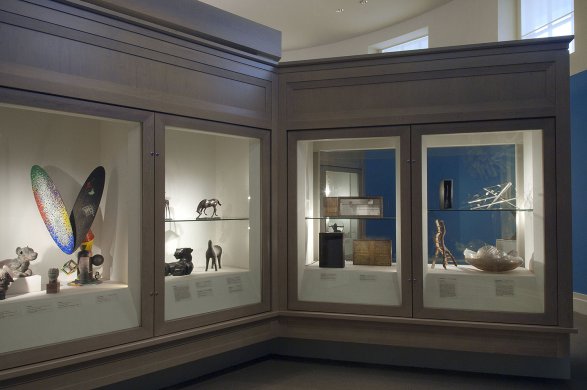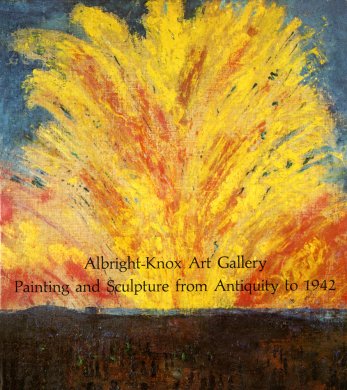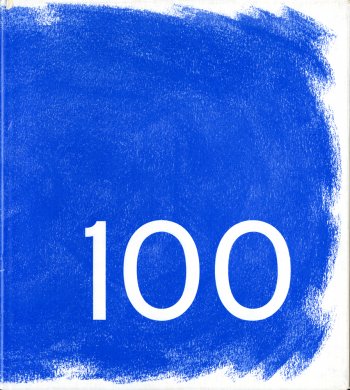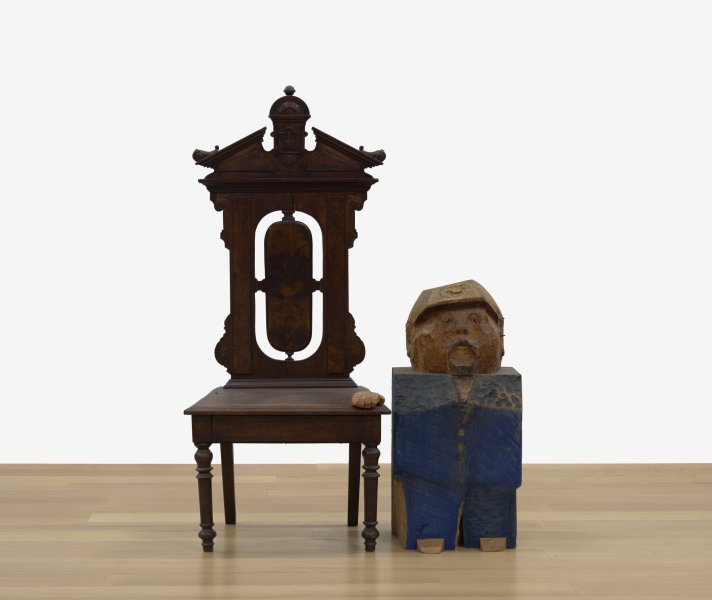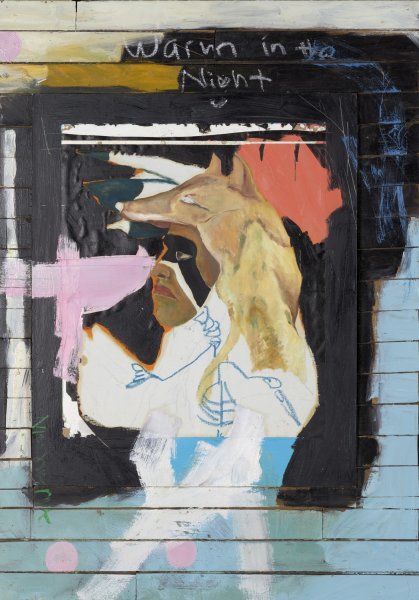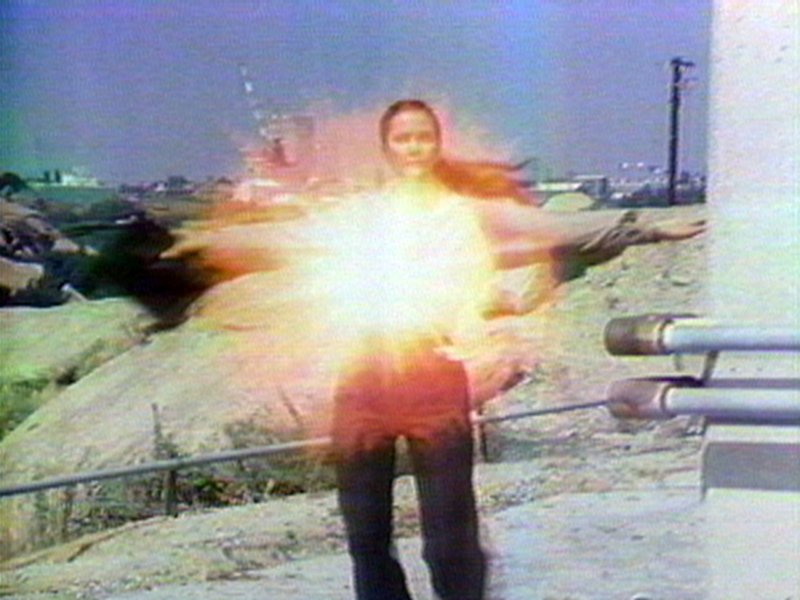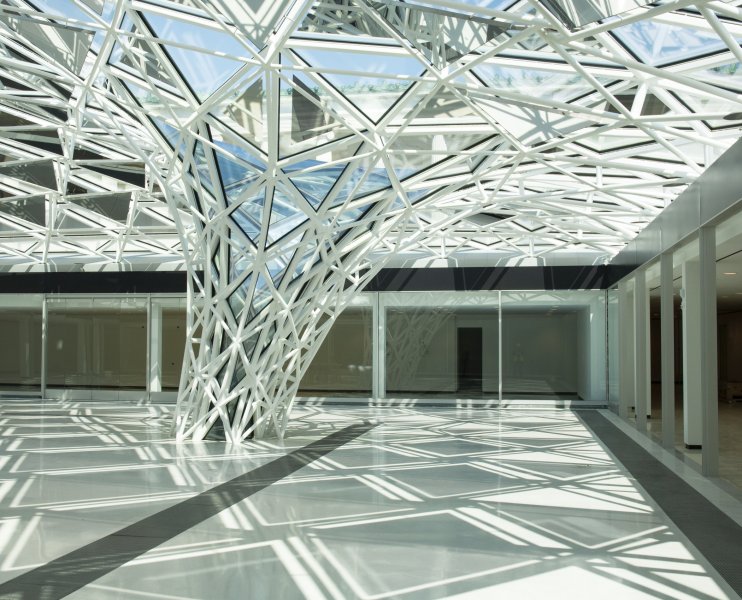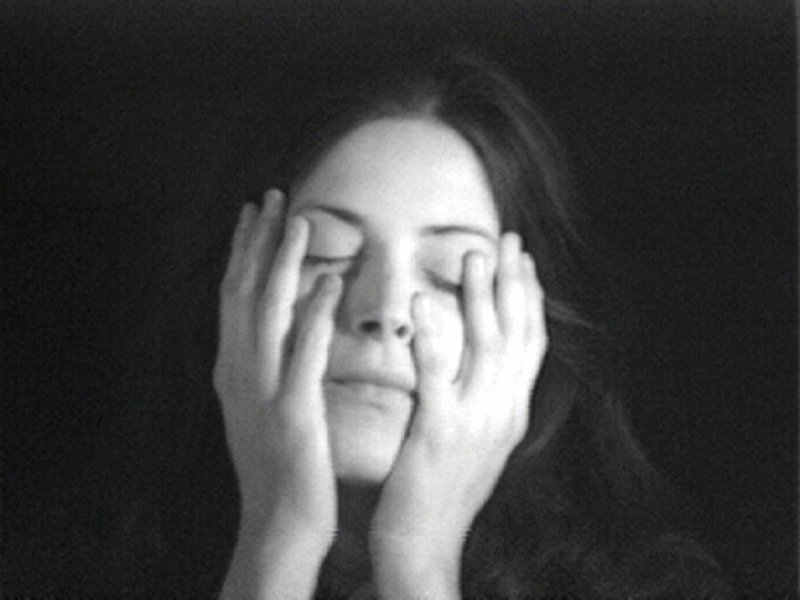Ernst Barlach
German, 1870-1938
Der Rächer (The Avenger), 1914 (cast executed after World War II)
Artwork Details
Currently on View
Materials
bronze
Measurements
overall: 17 x 22 7/8 x 8 3/4 inches (43.18 x 58.1 x 22.22 cm)
Collection Buffalo AKG Art Museum
Credit
Charles Clifton Fund, 1961
Accession ID
1961:2
Ernst Barlach was aligned with the Expressionists, a group of artists working in Germany at the turn of the twentieth century who sought to convey emotional experiences in their work. The Avenger represents Barlach’s response to the outbreak of World War I in 1914. The force of the subject’s forward movement is emphasized through the sculpture’s horizontal orientation, its slanted base, and the way the figure’s cloak blows back in diagonal folds. He carries a weapon and raises it to strike with a gesture that is simultaneously heroic and tragic. However, his facial expression is ambiguous. This work represents not only the physical experience of war but also the psychological effects.
Label from Picasso: The Artist and His Models, November 5, 2016–February 19, 2017



